
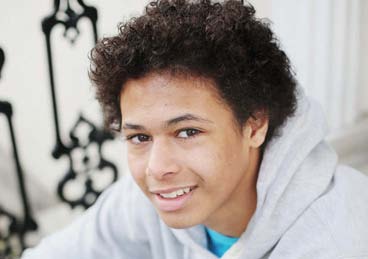
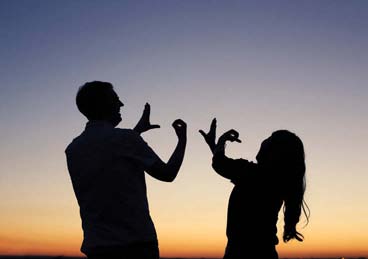
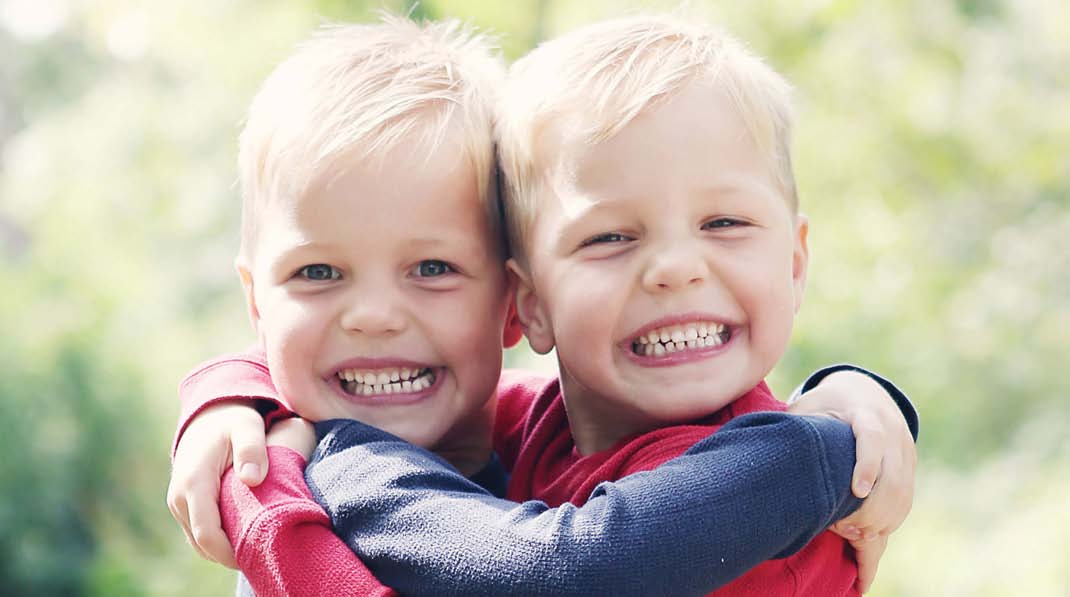 SER COU N O TIADNU FO PORTRAIT PHOTOGRAPHY THE ESSENTIAL BEGINNERS GUIDE LESSON PROJECT ANALYSIS SARAH PLATER & HANNAH MACGREGOR
SER COU N O TIADNU FO PORTRAIT PHOTOGRAPHY THE ESSENTIAL BEGINNERS GUIDE LESSON PROJECT ANALYSIS SARAH PLATER & HANNAH MACGREGOR 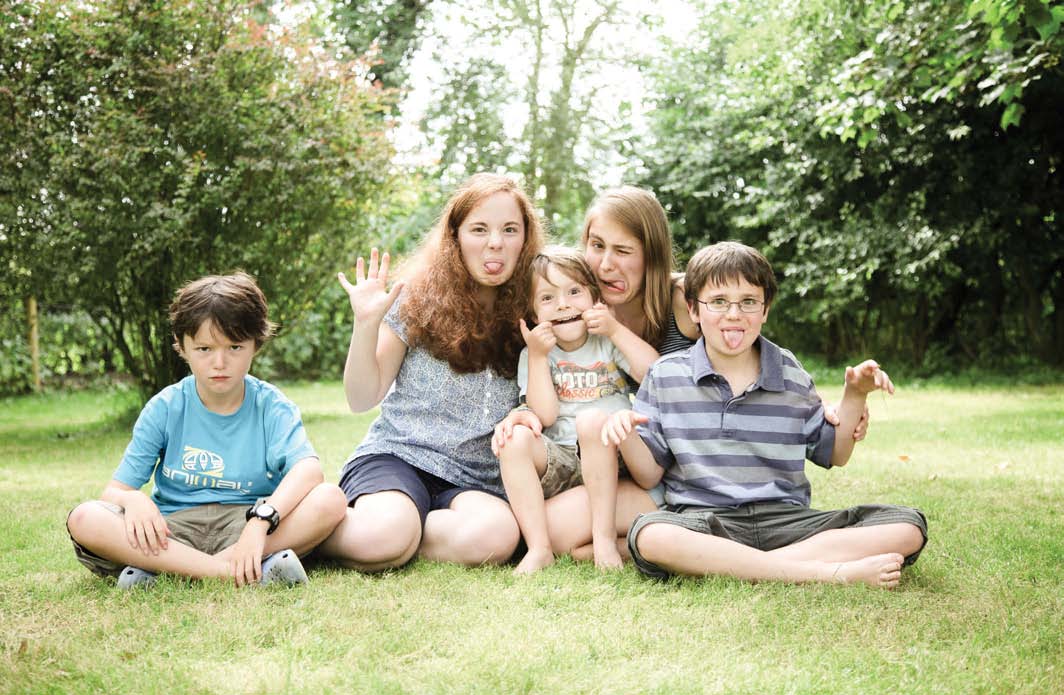
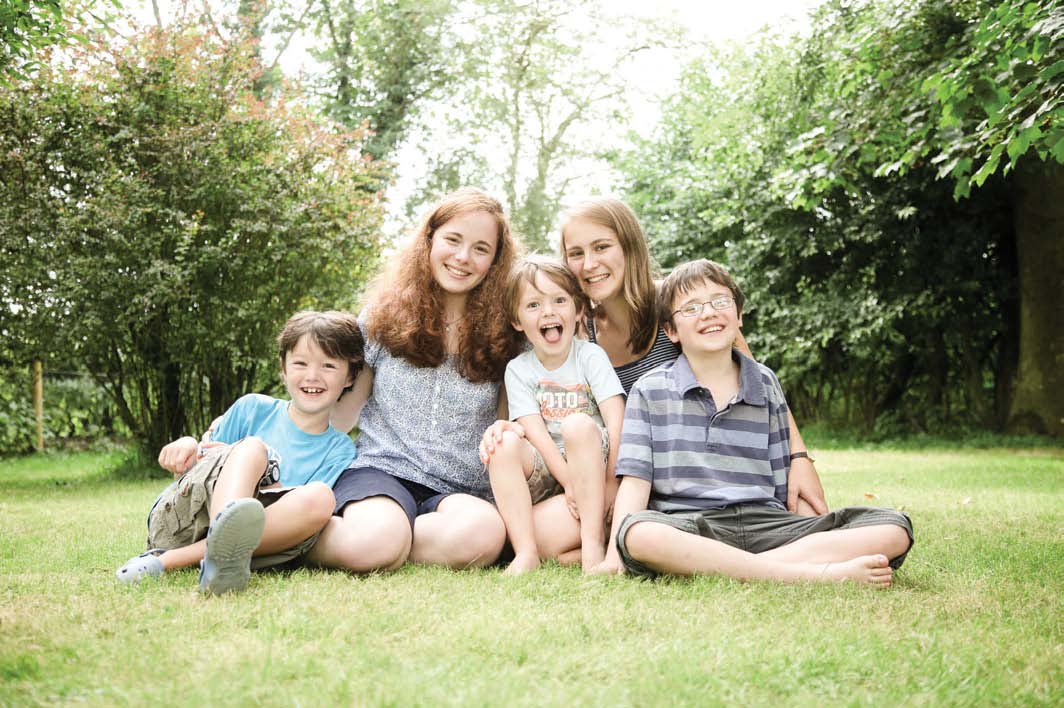 23143 Foundation_PORTRAIT_1-5_CGFINAL.indd 2 23/07/2014 12:16 E URS O C N OITA UND OF PORTRAIT PHOTOGRAPHY THE ESSENTIAL BEGINNERS GUIDE SARAH PLATER & HANNAH MACGREGOR 23143 Foundation_PORTRAIT_1-5_CGFINAL.indd 3 23/07/2014 12:17 First published 2014 by Ammonite Press an imprint of AE Publications Ltd 166 High Street, Lewes, East Sussex, BN7 1XU, UK Text and photographs Sarah Plater & Hannah MacGregor, 2014 (except where indicated) Copyright in the Work AE Publications Ltd, 2014 All rights reserved. The rights of Sarah Plater & Hannah MacGregor to be identified as the authors of this work have been asserted in accordance with the Copyright, Designs, and Patents Act 1988, Sections 77 and 78. No part of this publication may be reproduced, stored in a retrieval system, or transmitted in any form or by any means without the prior permission of the publishers and copyright owner. While every effort has been made to obtain permission from the copyright holders for all material used in this book, the publishers will be pleased to hear from anyone who has not been appropriately acknowledged, and to make the correction in future reprints. The publishers and author can accept no legal responsibility for any consequences arising from the application of information, advice, or instructions given in this publication. British Library Cataloging in Publication Data: A catalog record of this book is available from the British Library.
23143 Foundation_PORTRAIT_1-5_CGFINAL.indd 2 23/07/2014 12:16 E URS O C N OITA UND OF PORTRAIT PHOTOGRAPHY THE ESSENTIAL BEGINNERS GUIDE SARAH PLATER & HANNAH MACGREGOR 23143 Foundation_PORTRAIT_1-5_CGFINAL.indd 3 23/07/2014 12:17 First published 2014 by Ammonite Press an imprint of AE Publications Ltd 166 High Street, Lewes, East Sussex, BN7 1XU, UK Text and photographs Sarah Plater & Hannah MacGregor, 2014 (except where indicated) Copyright in the Work AE Publications Ltd, 2014 All rights reserved. The rights of Sarah Plater & Hannah MacGregor to be identified as the authors of this work have been asserted in accordance with the Copyright, Designs, and Patents Act 1988, Sections 77 and 78. No part of this publication may be reproduced, stored in a retrieval system, or transmitted in any form or by any means without the prior permission of the publishers and copyright owner. While every effort has been made to obtain permission from the copyright holders for all material used in this book, the publishers will be pleased to hear from anyone who has not been appropriately acknowledged, and to make the correction in future reprints. The publishers and author can accept no legal responsibility for any consequences arising from the application of information, advice, or instructions given in this publication. British Library Cataloging in Publication Data: A catalog record of this book is available from the British Library.
Editor: Chris Gatcum Series Editor: Richard Wiles Designer: Robin Shields Typeface: Berthold Akzidenz Grotesk Page 2: Sometimes, you have to deal with subjects who dont want to be photographed. The young boy at Color reproduction by GMC Reprographics the left of the first shot was not in the mood to smile, so I tricked him into it, by getting the others to pull the silliest faces they could think of and shooting away. After a short while, the boy in blue couldnt resist joining in with the fun. At times like this you need to earn your smilesyou cannot demand them. 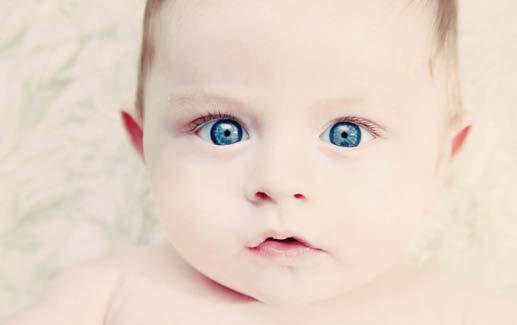

 CONTENTS PART ONE: GETTING STARTED PART THREE: PEOPLE & POSING Equipment Lesson Babies (012 months) Project ISO settings Basics Lesson Toddlers (13 years) Project Shutter speeds Lesson Children (312 years) Project Metering modes Lesson Teens & Adults Project Focusing Lesson Couples Project Composition Lesson Families Project Manual mode PART TWO: LIGHT & LOCATION Lesson Working with Light GLOSSARY Project Using different lighting USEFUL WEB SITES Lesson Choosing locations Project Scouting locations INDEX 23143 Foundation_PORTRAIT_1-5_CGFINAL.indd 5 25/07/2014 11:40
CONTENTS PART ONE: GETTING STARTED PART THREE: PEOPLE & POSING Equipment Lesson Babies (012 months) Project ISO settings Basics Lesson Toddlers (13 years) Project Shutter speeds Lesson Children (312 years) Project Metering modes Lesson Teens & Adults Project Focusing Lesson Couples Project Composition Lesson Families Project Manual mode PART TWO: LIGHT & LOCATION Lesson Working with Light GLOSSARY Project Using different lighting USEFUL WEB SITES Lesson Choosing locations Project Scouting locations INDEX 23143 Foundation_PORTRAIT_1-5_CGFINAL.indd 5 25/07/2014 11:40 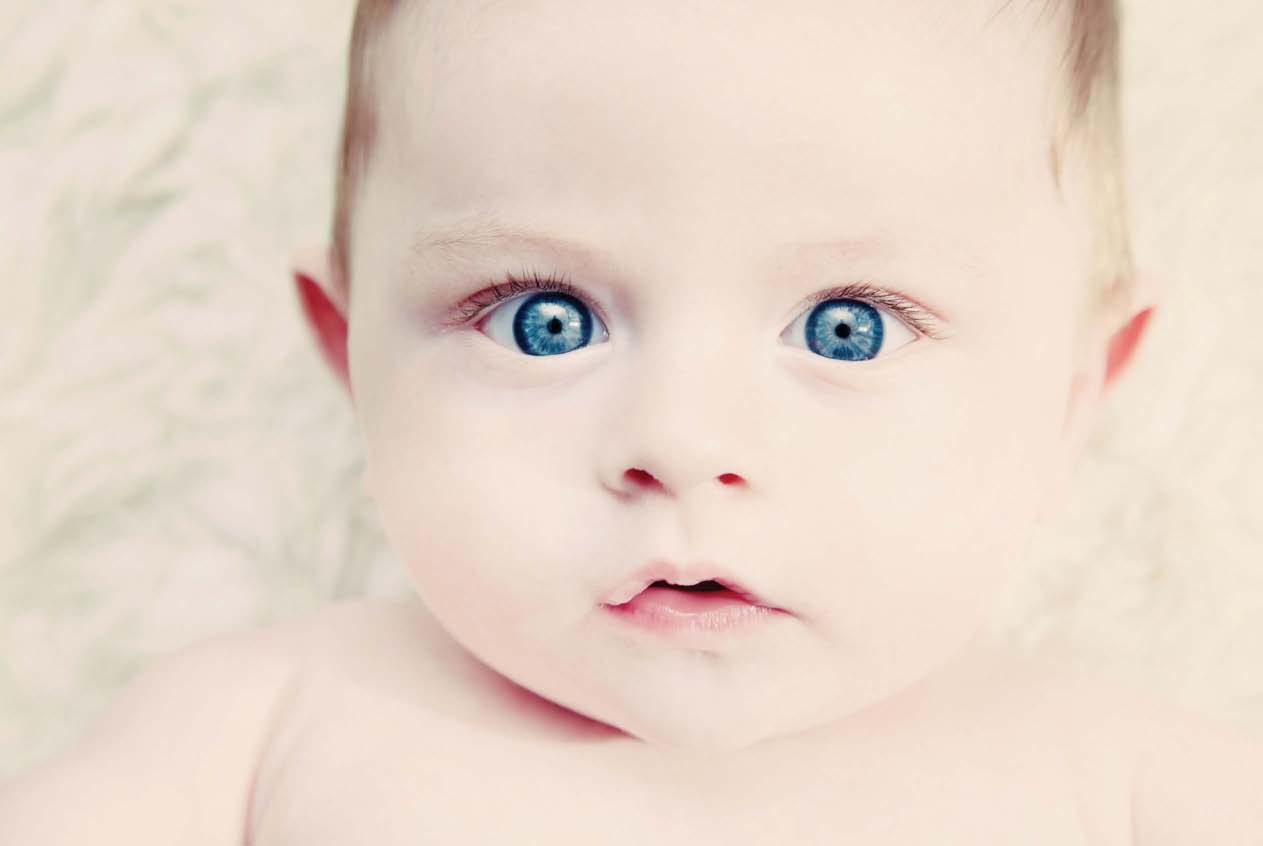 PART ONE GETTING STARTED FOUNDATION COURSE 23143 Foundation_PORTRAIT_6-17_CGFINAL.indd 6 23/07/2014 12:18
PART ONE GETTING STARTED FOUNDATION COURSE 23143 Foundation_PORTRAIT_6-17_CGFINAL.indd 6 23/07/2014 12:18  When shown a great photograph, it is still a common After that, move on to Part Two. Start looking for potential reaction for people to say, Wow, you have a good camera! locations and notice how the light affects your images.
When shown a great photograph, it is still a common After that, move on to Part Two. Start looking for potential reaction for people to say, Wow, you have a good camera! locations and notice how the light affects your images.
Yet the equipment you use is only a contributing factor. Just Increase your ISO and try some indoor shots, but above all as you would never credit the oven for the skills of a chef, keep practicing! theres more than decent camera kit behind a great shot At this stage youll be ready to start getting other people especially when working with people. involved, so read Part Three and arrange as many photo shoots of people of different ages as possible. Analyze Our formula for successful portraiture looks like this: your images criticallystraight after youve taken them and Camera settings + fl attering light + appropriate again a few days later, with fresh eyesand experiment background + good rapport = great portrait with different postproduction techniques. Challenge yourself to continually improve the photos you take. Well cover camera equipment and settings in Part One, But dont stop there.
Be brave and put your camera in followed by light and location in Part Two. Part Three will Manual mode. Now you will be fully in control and, guess give practical advice for approaching different age groups, what? Its not as hard as it fi rst appears. with hundreds of tips and techniques for getting those all-Use your cameras histogram (see page 18) to tweak important expressions. We will also give you some practical your settings and keep taking photos, as often as possible. lessons that you can follow for yourself to hone your skills.
Once youve read Part One, set your camera to Aperture In a few days you can learn the basics. Priority mode, select ISO 100, dial in the widest aperture available, and head outside and start shooting. Get to grips In a few weeks you can become competent. with these starter settings, taking photos of everything around you. Experiment using exposure compensation (see In a few months you will start to impress! page 18) to lighten or darken your images, practice using different metering modes (see page 24), play around with Let us know how you get on. different ways of composing your shots (see page 28), and learn to focus accurately (see page 26).
Hannah & Sarah Left: The direct eye contact and dramatic crop in this baby portrait make for a high-impact shot. Contemporary portrait photography often features bright, uncluttered images like this one, with subtle postproduction techniques that make the colors pop. PORTRAIT PHOTOGRAPHY 23143 Foundation_PORTRAIT_6-17_CGFINAL.indd 7 23/07/2014 12:18 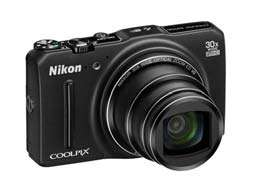
 RAE CHOOSING A CAMERA MA You wont get far without the necessary kit, but which type On the plus side, camera phones are portable and C of camera is best for portrait photography? Theres more to convenient, and as pro photographer Chase Jarvis once it than just having a high pixel countunless youre printing A said: The best camera is the one thats with you. out huge enlargements of an image to go on the wall, a lot of the pixel detail will go to waste anyway. Instead, look for COMPACT CAMERAS NG sensor size, lens quality, and the ability to take full control SI over the cameras settings. CAMERA PHONES CHOO
RAE CHOOSING A CAMERA MA You wont get far without the necessary kit, but which type On the plus side, camera phones are portable and C of camera is best for portrait photography? Theres more to convenient, and as pro photographer Chase Jarvis once it than just having a high pixel countunless youre printing A said: The best camera is the one thats with you. out huge enlargements of an image to go on the wall, a lot of the pixel detail will go to waste anyway. Instead, look for COMPACT CAMERAS NG sensor size, lens quality, and the ability to take full control SI over the cameras settings. CAMERA PHONES CHOO
Next page

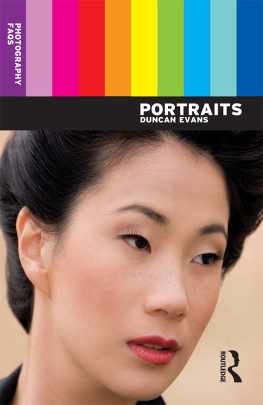

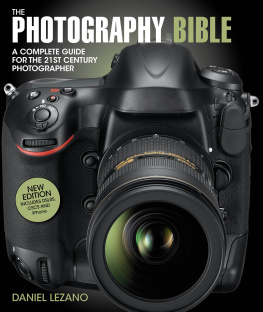
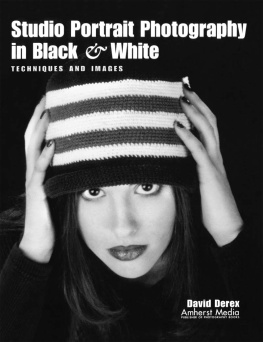

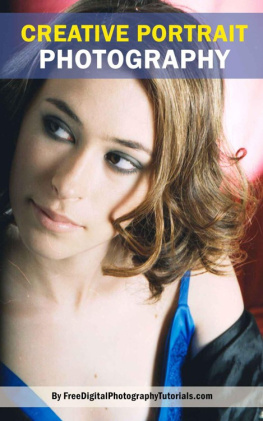



 SER COU N O TIADNU FO PORTRAIT PHOTOGRAPHY THE ESSENTIAL BEGINNERS GUIDE LESSON PROJECT ANALYSIS SARAH PLATER & HANNAH MACGREGOR
SER COU N O TIADNU FO PORTRAIT PHOTOGRAPHY THE ESSENTIAL BEGINNERS GUIDE LESSON PROJECT ANALYSIS SARAH PLATER & HANNAH MACGREGOR 
 23143 Foundation_PORTRAIT_1-5_CGFINAL.indd 2 23/07/2014 12:16 E URS O C N OITA UND OF PORTRAIT PHOTOGRAPHY THE ESSENTIAL BEGINNERS GUIDE SARAH PLATER & HANNAH MACGREGOR 23143 Foundation_PORTRAIT_1-5_CGFINAL.indd 3 23/07/2014 12:17 First published 2014 by Ammonite Press an imprint of AE Publications Ltd 166 High Street, Lewes, East Sussex, BN7 1XU, UK Text and photographs Sarah Plater & Hannah MacGregor, 2014 (except where indicated) Copyright in the Work AE Publications Ltd, 2014 All rights reserved. The rights of Sarah Plater & Hannah MacGregor to be identified as the authors of this work have been asserted in accordance with the Copyright, Designs, and Patents Act 1988, Sections 77 and 78. No part of this publication may be reproduced, stored in a retrieval system, or transmitted in any form or by any means without the prior permission of the publishers and copyright owner. While every effort has been made to obtain permission from the copyright holders for all material used in this book, the publishers will be pleased to hear from anyone who has not been appropriately acknowledged, and to make the correction in future reprints. The publishers and author can accept no legal responsibility for any consequences arising from the application of information, advice, or instructions given in this publication. British Library Cataloging in Publication Data: A catalog record of this book is available from the British Library.
23143 Foundation_PORTRAIT_1-5_CGFINAL.indd 2 23/07/2014 12:16 E URS O C N OITA UND OF PORTRAIT PHOTOGRAPHY THE ESSENTIAL BEGINNERS GUIDE SARAH PLATER & HANNAH MACGREGOR 23143 Foundation_PORTRAIT_1-5_CGFINAL.indd 3 23/07/2014 12:17 First published 2014 by Ammonite Press an imprint of AE Publications Ltd 166 High Street, Lewes, East Sussex, BN7 1XU, UK Text and photographs Sarah Plater & Hannah MacGregor, 2014 (except where indicated) Copyright in the Work AE Publications Ltd, 2014 All rights reserved. The rights of Sarah Plater & Hannah MacGregor to be identified as the authors of this work have been asserted in accordance with the Copyright, Designs, and Patents Act 1988, Sections 77 and 78. No part of this publication may be reproduced, stored in a retrieval system, or transmitted in any form or by any means without the prior permission of the publishers and copyright owner. While every effort has been made to obtain permission from the copyright holders for all material used in this book, the publishers will be pleased to hear from anyone who has not been appropriately acknowledged, and to make the correction in future reprints. The publishers and author can accept no legal responsibility for any consequences arising from the application of information, advice, or instructions given in this publication. British Library Cataloging in Publication Data: A catalog record of this book is available from the British Library.

 CONTENTS PART ONE: GETTING STARTED PART THREE: PEOPLE & POSING Equipment Lesson Babies (012 months) Project ISO settings Basics Lesson Toddlers (13 years) Project Shutter speeds Lesson Children (312 years) Project Metering modes Lesson Teens & Adults Project Focusing Lesson Couples Project Composition Lesson Families Project Manual mode PART TWO: LIGHT & LOCATION Lesson Working with Light GLOSSARY Project Using different lighting USEFUL WEB SITES Lesson Choosing locations Project Scouting locations INDEX 23143 Foundation_PORTRAIT_1-5_CGFINAL.indd 5 25/07/2014 11:40
CONTENTS PART ONE: GETTING STARTED PART THREE: PEOPLE & POSING Equipment Lesson Babies (012 months) Project ISO settings Basics Lesson Toddlers (13 years) Project Shutter speeds Lesson Children (312 years) Project Metering modes Lesson Teens & Adults Project Focusing Lesson Couples Project Composition Lesson Families Project Manual mode PART TWO: LIGHT & LOCATION Lesson Working with Light GLOSSARY Project Using different lighting USEFUL WEB SITES Lesson Choosing locations Project Scouting locations INDEX 23143 Foundation_PORTRAIT_1-5_CGFINAL.indd 5 25/07/2014 11:40  PART ONE GETTING STARTED FOUNDATION COURSE 23143 Foundation_PORTRAIT_6-17_CGFINAL.indd 6 23/07/2014 12:18
PART ONE GETTING STARTED FOUNDATION COURSE 23143 Foundation_PORTRAIT_6-17_CGFINAL.indd 6 23/07/2014 12:18  When shown a great photograph, it is still a common After that, move on to Part Two. Start looking for potential reaction for people to say, Wow, you have a good camera! locations and notice how the light affects your images.
When shown a great photograph, it is still a common After that, move on to Part Two. Start looking for potential reaction for people to say, Wow, you have a good camera! locations and notice how the light affects your images.
 RAE CHOOSING A CAMERA MA You wont get far without the necessary kit, but which type On the plus side, camera phones are portable and C of camera is best for portrait photography? Theres more to convenient, and as pro photographer Chase Jarvis once it than just having a high pixel countunless youre printing A said: The best camera is the one thats with you. out huge enlargements of an image to go on the wall, a lot of the pixel detail will go to waste anyway. Instead, look for COMPACT CAMERAS NG sensor size, lens quality, and the ability to take full control SI over the cameras settings. CAMERA PHONES CHOO
RAE CHOOSING A CAMERA MA You wont get far without the necessary kit, but which type On the plus side, camera phones are portable and C of camera is best for portrait photography? Theres more to convenient, and as pro photographer Chase Jarvis once it than just having a high pixel countunless youre printing A said: The best camera is the one thats with you. out huge enlargements of an image to go on the wall, a lot of the pixel detail will go to waste anyway. Instead, look for COMPACT CAMERAS NG sensor size, lens quality, and the ability to take full control SI over the cameras settings. CAMERA PHONES CHOO